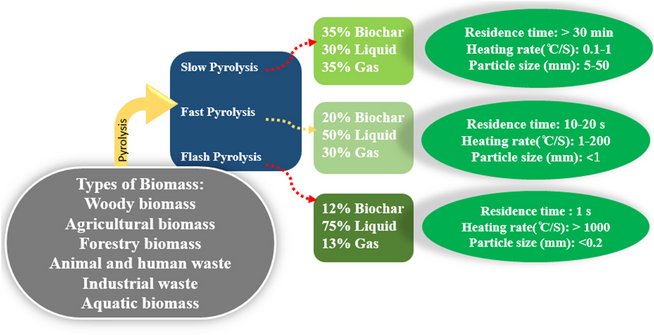Madadi, Rozita; Bester, Kai
Marine Pollution Bulletin, 166 , 112247, 2021.
doi.org/10.1016/j.marpolbul.2021.112247
Abstract:
The conventional wastewater treatment system such as bacteria, is not able to remove recalcitrant micropollutants effectively. While, fungi have shown high capacity in degradation of recalcitrant compounds. Biochar, on the other hand, has gained attention in water and wastewater treatment as a low cost and sustainable adsorbent. This paper aims to review the recent applications of three major fungal divisions including Basidiomycota, Ascomycota, and Mucoromycotina, in organic micropollutants removal from wastewater. Moreover, it presents an insight into fungal bioreactors, fungal biofilm and immobilization system. Biochar adsorption capacities for organic micropollutants removal under different operating conditions are summarized. Finally, few recommendations for further research are established in the context of the combination of fungal biofilm with the technologies relying on the adsorption by porous carbonaceous materials.

